Year 2, Lesson 3.3 - Alignment and Misalignment in Dilemmas
Unit Learning Goal
Students will analyze real-world dilemma situations using various lenses to determine central conflicts and possible solutions.
Lesson Goal
Students will be able to use the lens of “alignment and misalignment” in dilemmas and analyze situations accordingly.
Assessment
Observe small group role plays for active discussion and appropriate perspective-taking.
Monitor class discussion for understanding of alignment and misalignment in relation to the dilemma scenario.
Analyze Exit Tickets for application of alignment and misalignment to real-world environments.
CASEL Alignment
Responsible decision making, collaborative problem solving
Portfolio Documentation
Resources
Prerequisites
None
Total TIME
45 minutes
-
Remind students that in their last lesson they talked about the types of responsibilities one can hold when confronted with a dilemma. Remind them that they created a “live” rings of responsibility where they discussed what they thought was the primary responsibility that was driving their character’s decision making.
Tell students that today they’ll be thinking more about the ideas of alignment and misalignment and how they can be used to think about the decisions we make surrounding “good work.”
Instructions
1. Opener: Roleplay: “Appropriation of Identity” [15 minutes].
Provide each student with a copy of the “An Appropriation of Identity” dilemma when they enter class. Allow students to sit and read the dilemma [3 minutes].
*Note: Remember there are short summary versions and video versions of the dilemmas if you would rather use these versions of the dilemma with your class. You may also feel free to adapt the dilemma as suits the needs of your class or context.
Divide the class into groups of 4 to 6 and assign each person in the group a “part” to play from the list below [2 minutes]. [Note: there are intentionally more roles than group members, so not every group will have one of each person represented.]
Sofia
Jenny
Jenny’s Husband
One of Jenny’s Customers
Another neighbor of Sofia and Jenny’s
Another friend of Sofia’s
Another friend of Jenny’s
Allow the students to discuss and debate the dilemma with one another from the perspective of their assigned parts. Remind students that they might consider:
Values
Responsibilities
Roles
Considering who is affected and how
2. Group Discussion [10 minutes].
Remind students of the definitions for alignment and misalignment that may have been introduced in Year 1 of their lessons.
Alignment: The various people in an organization or workplace share the same goals as one another and have similar views of what constitutes success. Aligned people have common understandings of excellence, of ethical behavior, and of what engages them in the work. This makes it easier for people to do good work with one another. It makes it more likely that quality, enjoyable work will be done together and less likely that ethical breaches will occur.
Misalignment: The various people involved in work together do not share similar goals or views about what their work should achieve. This situation can be due to differences of opinions at the individual level or to underlying structural issues. It might be difficult to agree upon what successful “good work” looks like.
Have students discuss in their groups where they felt their characters were aligned regarding what Sofia and Jenny should do and where they were misaligned regarding what should happen.
3. Class Discussion: Stakeholders, Values, Choices [15 minutes].
Bring the class back together
Facilitate a class discussion with the following focus questions:
What did you notice in your role play?
Where were the areas of alignment?
Where were the areas of misalignment?
What are the ways that your groups felt the situation could end?
What are some questions that you’re left with?
Tips for the class discussion:
Make sure that multiple “role play” parts contribute to the class discussion.
Use statements from the narrative as evidence or support for answers.
Highlight group thoughts about areas of alignment and misalignment.
Ask students to look at the information in totality and vote on what they think Sofia should do (ask Jenny not to call her store Latina-owned, tell other friends about Jenny’s framing of the store, or any other alternative choices that may have been raised). Ask for a few points of justification [5 minutes]. Stress to students that this is a real case, that there is no perfect right answer.
4. Closing and Exit Ticket [5 minutes].
Present students with the Year 2 Lesson 3.3 Exit Ticket
Students will be asked to consider:
How would you know if the people in a workplace are in alignment with one another?
What would be an indication that people in a workplace are misaligned?
Lesson Walkthrough
Watch this short video guide for lesson specific advice from The Good Project Research Team.



